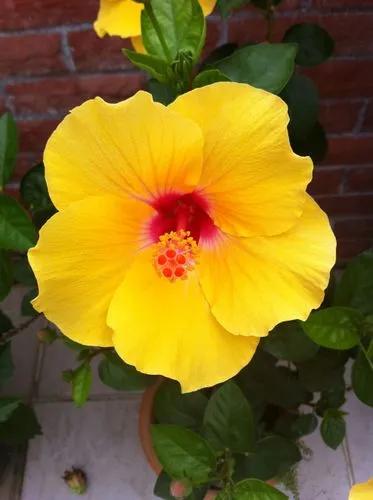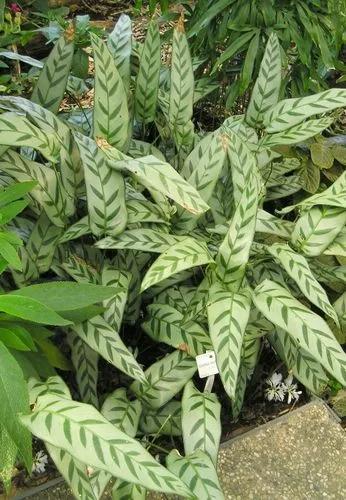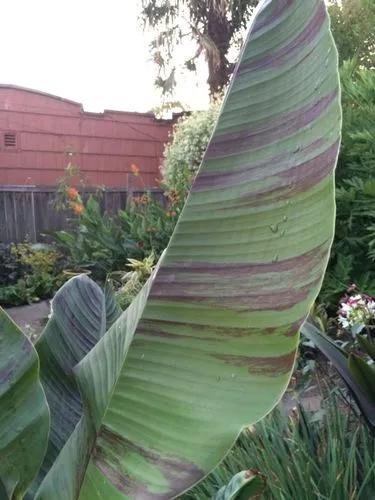Acer caesium is a deciduous Tree growing to 15 m (49ft 3in). It is hardy to zone (UK) 6. It is in flower in April. The species is monoecious (individual flowers are either male or female, but both sexes can be found on the same plant). Suitable for: light (sandy), medium (loamy) and heavy (clay) soils and can grow in heavy clay soil. Suitable pH: acid, neutral and basic (alkaline) soils. It can grow in semi-shade (light woodland) or no shade. It prefers moist soil. Under natural conditions, it is widely distributed in tugai forests and swampy areas of the USA and Canada. In the northeast, the area is limited to the states of New Jersey and New York, in the northwest by the southern regions of the Canadian province of Ontario, in the southwest by central Texas, in the southeast by central Florida. In addition, individual populations are found in the Midwest, California, Mexico, and Guatemala.
Gray Maple Care
Acer Caesium
Other names: +



The bark is thin, gray or light brown, with shallow intersecting grooves. Branches from green to purple in color, moderately strong, with narrow leaf scars, intersecting with each other, often covered with grayish-green down. The buds are white and fluffy; lateral buds are compressed The plant is dioecious, that is, the male and female flowers are located on different trees. Male flowers are collected in hanging bunches on thin petioles; their anthers are colored reddish. Female inflorescences are yellow-green in color and are collected in a cluster inflorescence. Blooms in May - early June for 15 days. The fruit is a lionfish, consisting of two wings with one seed in each, located in relation to each other at an angle of less than 60 degrees. Each wing is about 4 cm long. The fruit ripens in August - October, but remains hanging on the tree until spring. Seeds without endosperms, 2-3 times longer in length than in width, noticeably shrive
Discover more plants with the list below
Popular articles






